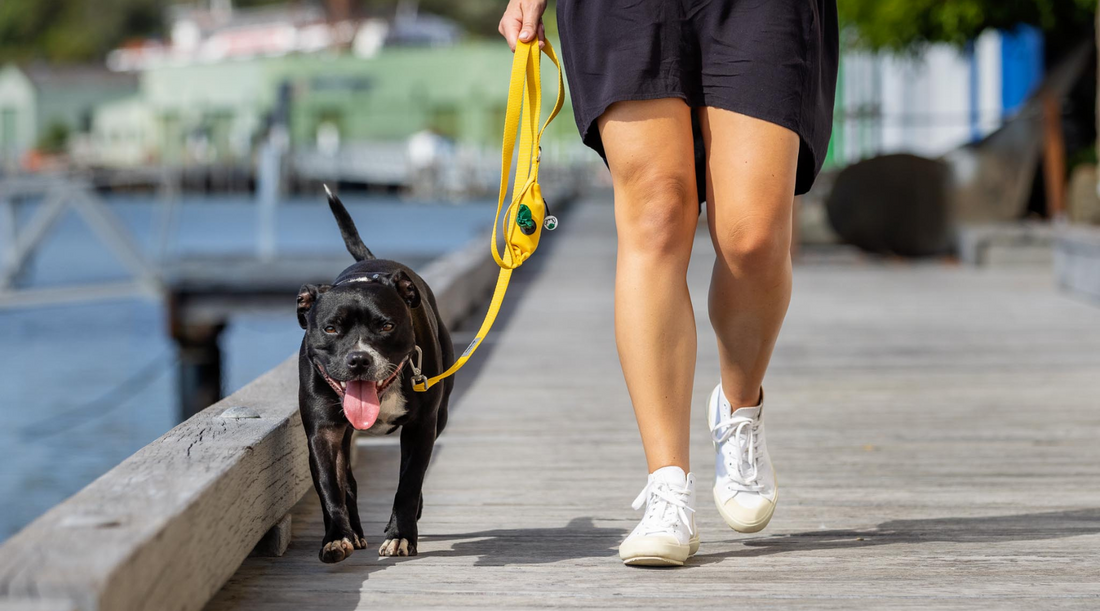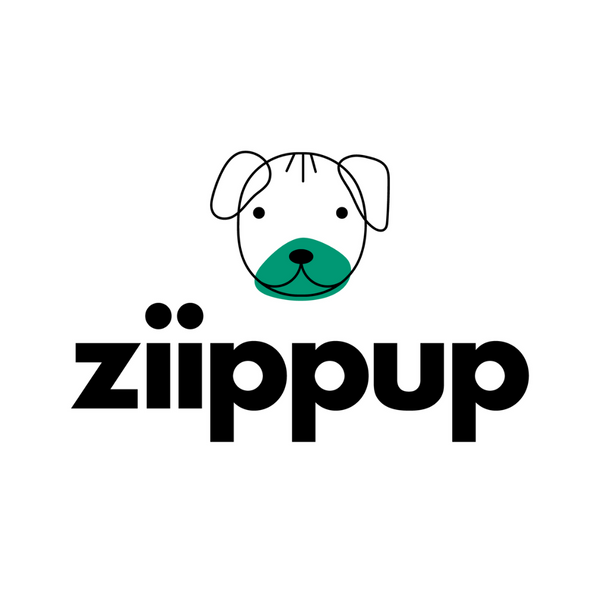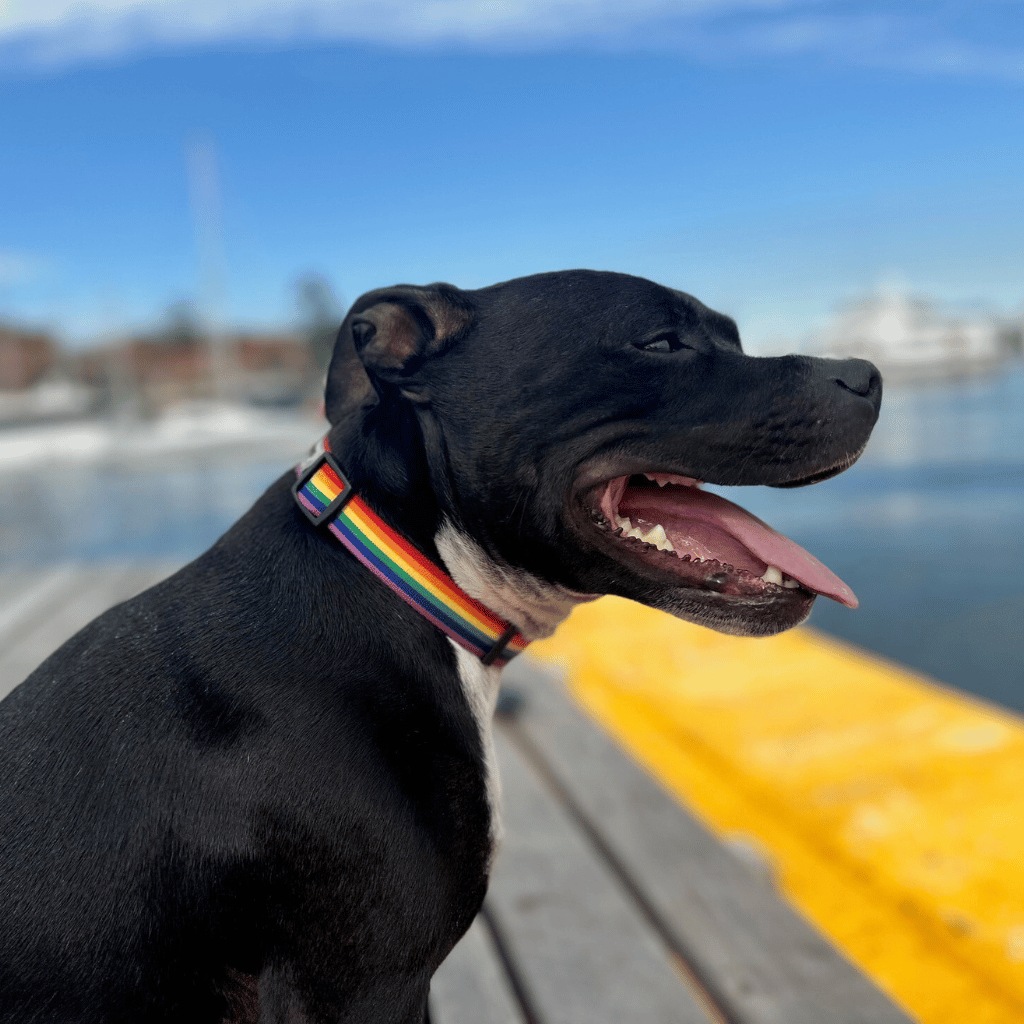
How to choose the best dog leash
As a dog owner your main job is to keep your dog safe. And your best tool to do this is a good leash. You’ll be using your dog lead every day, so choosing the right one is important. But how do you know which one is best suited for you and your dog? In this blog we’ve listed the top 5 things to consider when choosing the best dog leash for you and your dog.
Leash length
As a general rule, longer leads are suitable for larger dogs and shorter ones are more suitable for smaller dogs. But you also need to consider what you’re using the lead for. If you’re in the city and walk your dog to and from an off-leash dog park, then a shorter lead will do just fine – regardless of the size of your dog.
If you’re planning on hiking or doing field training with your dog, then you’ll need a very long lead. Preferably one that you can wrap around your waist or wear over your shoulder.
150 cm is the most common lead length and is ideal for everyday walking. It's also the perfect length for loose leash walking - the best way to teach your dog not to pull.
Hardware and clip design
There are numerous clip designs to choose from – opt for one that’s easy to use. There are some lockable clips for added security but these are plain annoying and you might find your dog walking off whilst you’re trying to figure out how to work the clip!
Our golden rule is, you should be able to put the lead on and take it off with only one hand. That's why we use a carabiner clip.

Zinc alloy is a sturdy and hardwearing material often found in dog leads. However, if you’re by the beach and you know the lead with be exposed to the elements – choose a lead with a stainless-steel clip, anything else will rust. Brass is also popular but it’s much heavier than zinc alloy so keep this in mind, particularly for smaller dogs.
Look for an extra D-ring
There are times where you’ll need to tie your dog up and you don’t want to unbuckle them to do so. An extra D-ring up near the handle means you can easily tether your dog by folding the lead over and securing the clip on the D-ring. It’s a game changer – promise!

Leash material
Leather, polyester, rPET, vegan leather, cotton rope… the list goes on. Whatever material you choose, make sure it’s soft and comfortable for both you and your dog. And sturdy! No lead is chew proof but you want to make sure the lead isn’t going to snap if your dog suddenly pulls.
Make sure all seams are cross stitched with double thread. Some leads use rivets but stitching is generally more secure.
Regardless of the material you choose, your lead will get dirty. Choose a leash that’s washable and quick drying. And if you’re really worried about dirt – opt for a black lead!
Make it sustainable
The introduction of rPET (recycled polyester) has revolutionised the fashion industry but the pet industry has been slow to catch on. Most dog leads in Australia are still made from polyester. Unlike regular polyester, rPET is made from recycled plastic bottles, not oil.
All our leads are made from recycled plastic bottles and they come with a built-in poo bag holder which further minimises plastic waste. Because we all know how easily those dangly plastic poo bag holders break!
Vegan leather is becoming increasingly popular, but it’s just plastic marketed as something sustainable. Yes, it’s vegan, but unlike natural leather, it’ll take 1000 years to break down in landfill!



